Mary’s links with Liverpool
A while ago Sharon asked me to find out about a dolls house offered to Mr. Arthur G. Quigley, curator at the Liverpool Museum in February 1929. So I emailed National Museums Liverpool and they did indeed take the dolls house, its accession number is 30.112, but before this gift she sent a whole range of items in 1929. Including…
Sarah Thrifty, Pedlar doll; Elizabethan brass spoon; Silver case scissors; Seal and Chatelaine;
Mary did like those chatelaines! There are too many items to list here but I could email it to anyone who is interested. As well as the objects there is a revealing note from the deputy chief librarian…
Mrs. M. Greg is the grand-daughter of Samuel Hope, Banker, of Liverpool – after whom Hope Street is named. She is over 80 years of age, and, as she put it, “I am anxious to do something for the children of my native city.”
The Hope famly must have been a prominent family of the city, no wonder they partied with the Rathbones and married into the Greg’s. I’m going to do a bit more research on Samuel today. The librarian then goes on to describe the dolls house…
The house which Mrs. Greg offers was made by Hummerston, of London. It is about 3’6″ by 2’6″ high, with the front hinged. It is early Victorian in architecture, and the furnishing of the apartments are of the period 1830-50, showing in complete deatail the mode of life of its inhabitants.
I can’t find a Hummerston’s of London but perhaps it has something to do with Mr Hummerstone of Westmill? He also mentions that Miss Hope, Mary’s sister gives objects to the museum…
Miss Hope, who lives in the same block of flats as Mrs. Greg, offers a model of a Swiss Kitchen – an excellent exhibit, in a glass case about 15″ square.
Deputy Chief Librarian, Donations by Mrs. M. Greg and Miss Hope, 6th June, 1929
Melanie

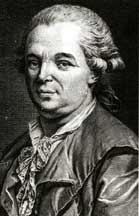
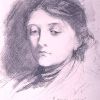
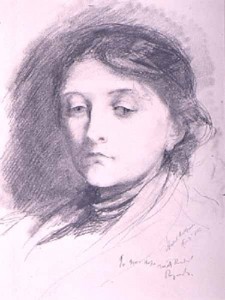
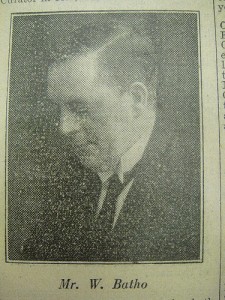
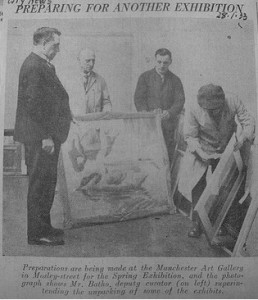
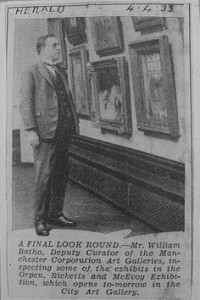
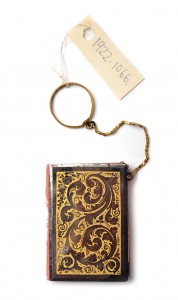
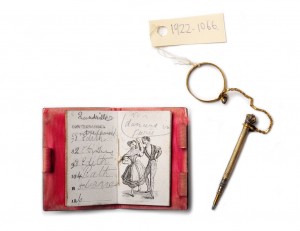
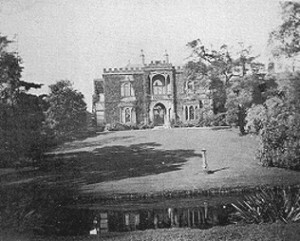
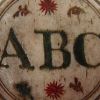
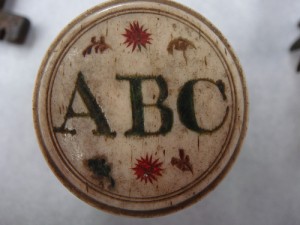
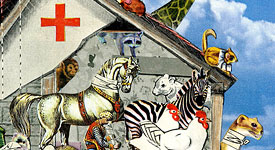
Comments